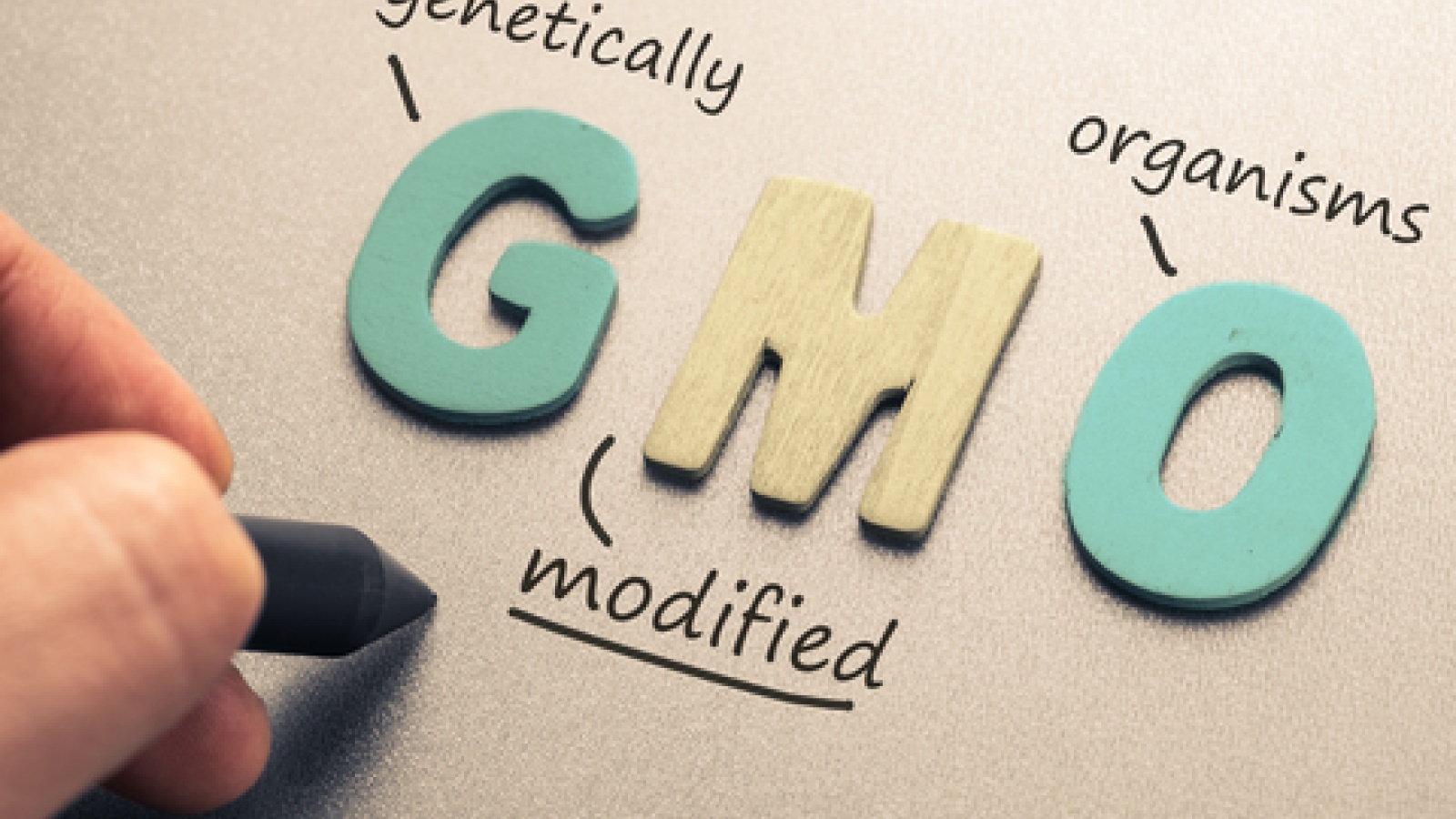Genetically modified organisms, or GMOs, are plants, animals, and microbes whose genetic material (DNA) has been altered through natural recombination and/or mating in a way that does not occur normally. Genetic engineering has made it possible to create genetically modified organisms and plants. In other words, extra genes from another source have been inserted into the organism, changing it following the genes' function. Transgenes are genes that have been inserted from other species or sources, allowing scientists to see particular changes in the organism.
Genetically modified foods may be dangerous to human health because at least some of the genes they contain may not have previously been present in the food supply. Animal feed is the intended use for a large portion of the GM production currently grown worldwide. Researchers also admit that there is a lack of information regarding the long-term safety of eating food derived from genetically modified organisms. WHO acknowledges the necessity of ongoing monitoring and safety evaluations of genetically modified foods before their marketing to avoid health hazards.
Effects of Genetically Modified Foods on Human Health
According to a 2005 report by the World Health Organisation (WHO), genetically modified organisms (GMOs) have the potential to harm human health and growth, and have no track record of being a safe food. Additionally, adding a new gene to the food's genome can have unintended physiological and developmental effects. There are risks associated with transgenic products despite all of their advantages. These products bring with them a great deal of hesitancy because they contain certain genes that aren't present in those that grow naturally. Unpredictable changes can result from foreign genes that can make some foods more nutritious while devaluing others.
Antibiotic Resistance
Certain characteristics that cause allergies and diseases can be transferred from other organisms through gene transfer, and as a result, transgenic products may contain unexpected biochemical products. Gene transfer uses antibiotic-resistant genes as markers. Antibiotic resistance emerges due to the transmission of antibiotic-resistant genes to the animal or human systems. If antibiotic-resistant genes are transmitted to pathogen microorganisms, this makes it difficult to control any bacterial infections. The lateral transfer of antibiotic resistance to the bacteria in animal or human systems can cause many health risks.
Allergy
Genetically modifying plants can transfer allergens from donor genes to the recipient plant or animal. Furthermore, donor microorganisms with unknown allergenic potential can be used in a variety of genetically modified foods. Genes and novel gene combinations that are transferred from non-food sources have the potential to trigger an allergic reaction or worsen an already-existing one. During the manufacturing process, genetically modified products that may pose health risks can occasionally be combined with natural products.
One of the significant examples of this is the “StarLink” incident in the USA.StarLink is the trading name of a genetically modified corn developed by Aventis Crop Science Company. This corn includes Cry9C protein, and it is defined as “a potential allergenic” by US Environmental Protection Agency (EPA) so in 1998 EPA stated that StarLink can only be used as animal feed or in industry, but it cannot be used as human food. The potential of GM crops to be allergenic is one of the main suspected adverse health effects, due in part to research by Hi-Bred in the mid-1990s. They discovered that soybean plants engineered with a gene from Brazil nuts produced beans that caused an allergic reaction in some people.
Cancer
According to some researchers, GMOs may cause cancer directly or indirectly. In particular, it is known that herbicide-resistant chemicals used for cotton, soy, corn, and rape, such as glufonsinate and bromoxynil, directly cause cancer. Human health is negatively impacted by hormones and substances that resemble hormones. Among the synthetic anabolics used to fatten cattle, the stilbene group has some carcinogenic properties. Cattle are injected with genetically modified bovine growth hormone (rBGH) to increase milk production. Insulin-like growth factor (IGF-I) is elevated in milk as a result of rBGH. IGF-I promotes the growth of both healthy and malignant cells. Breast, ovarian, uterine, prostate, colon, lung, and pancreatic cancers are caused by elevated IGF-I levels in the blood.
Summary
Among the hesitations about GMO widely used and consumed all over the world, the most topical issue is the probable health risks caused by GMOs which are consumed as food. While genetically modified foods continue to emerge, debates about the effects of them on environment and health become a growing problem
Reference
Godheja, J. (2013). Impact of GMO’S on environment and human health. Recent Research in Science and Technology, 5(5).
I. Haspolat, “Genetically modified organisms and biosecurity,” Veterinary journal of Ankara Univ Vet FakDerg, 2012, 59, 75- 80.
Y. Sayan, M. Polat, “Ecological (organic, biological) in agriculture livestock,” Turkey, 2. Ecological Farming Symposium, Narenciyeve Seracilik Arastirma Enstitusu, Antalya, 2001, pp. 95-105.
Anonymous “The effect on cancer risks of genetically modified milk and milk products,” 2011b, Http://www.forum.gidagundemi.com/ Access to Date: 14.02.2011.
Ozkok, G. A. (2015). Genetically modified foods and the probable risks on human health. Int J Nutr Food Sci, 4(3), 356-363.
World Health Organisation (WHO). (2014). Food, genetically modified. https://www.who.int/news-room/questions-and-answers/item/food-genetically-modified access date: 31 July, 2025.

